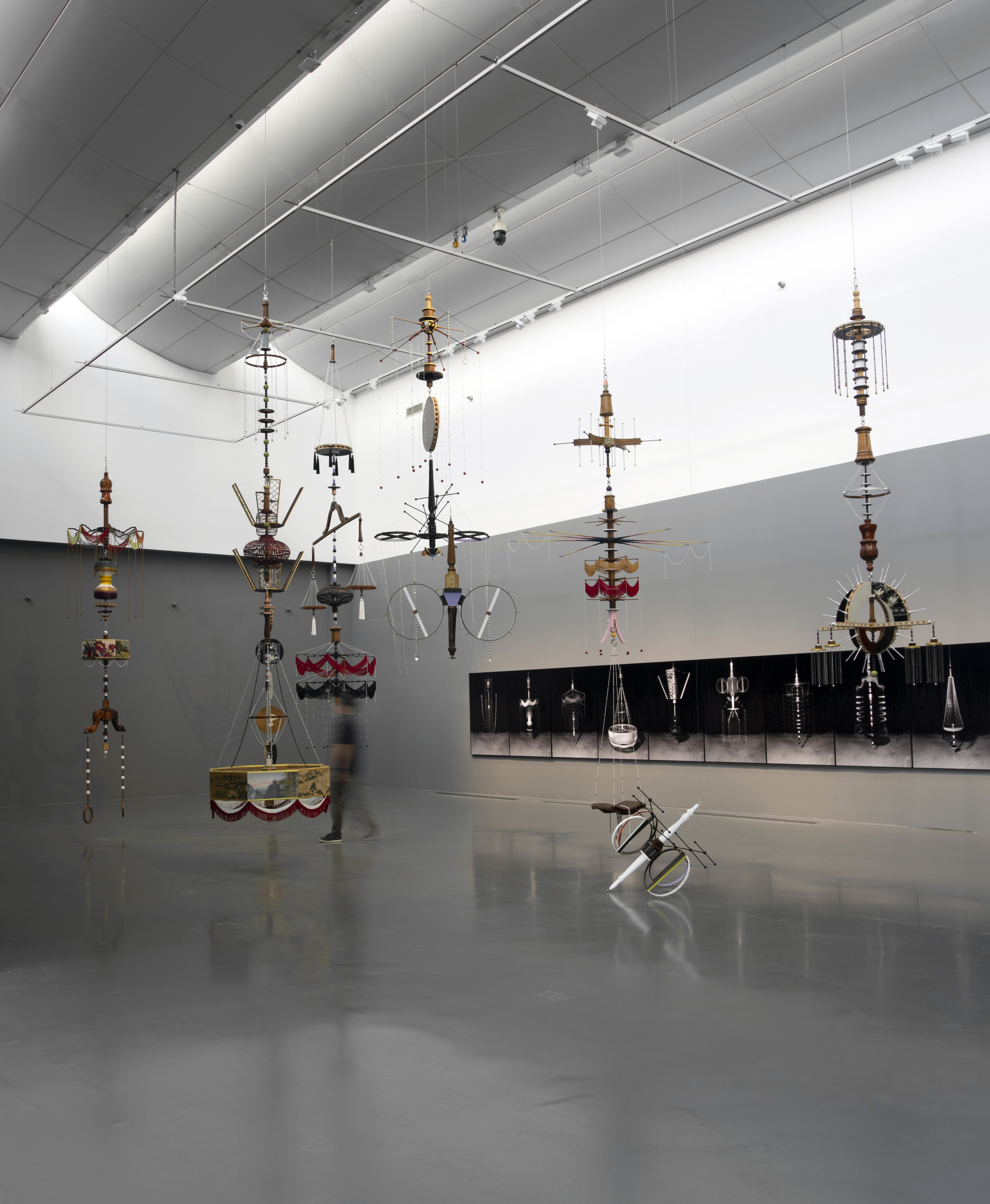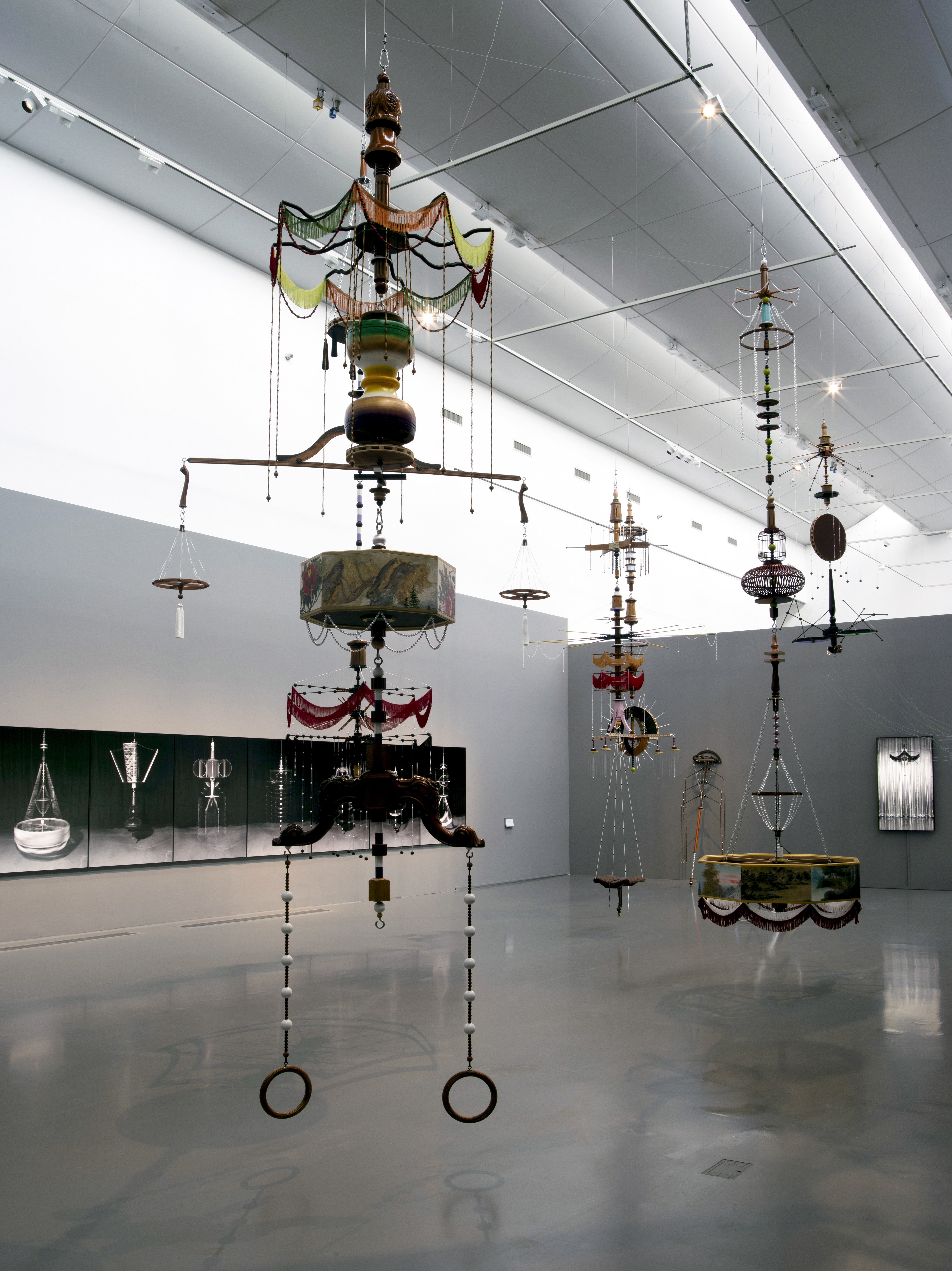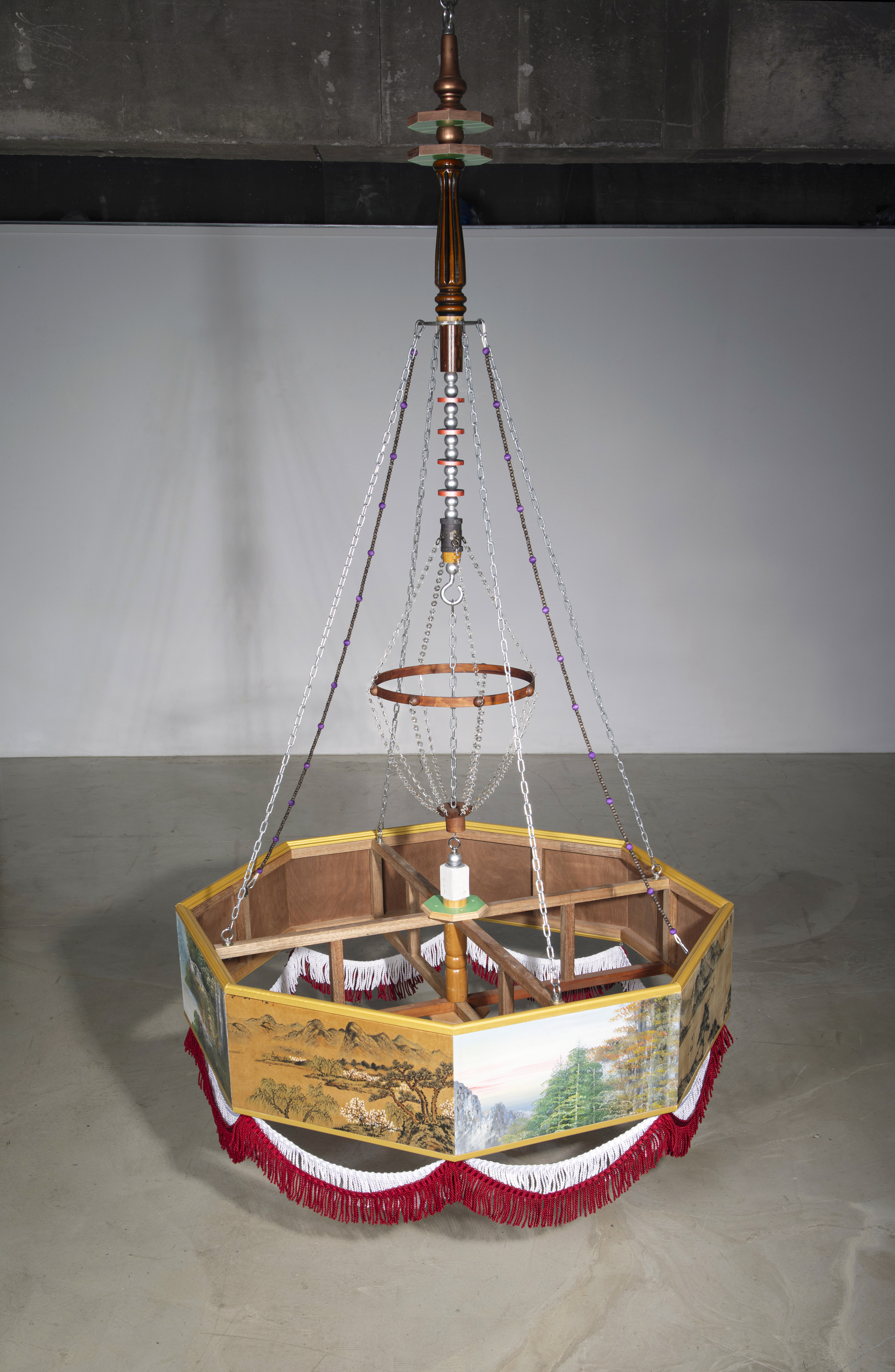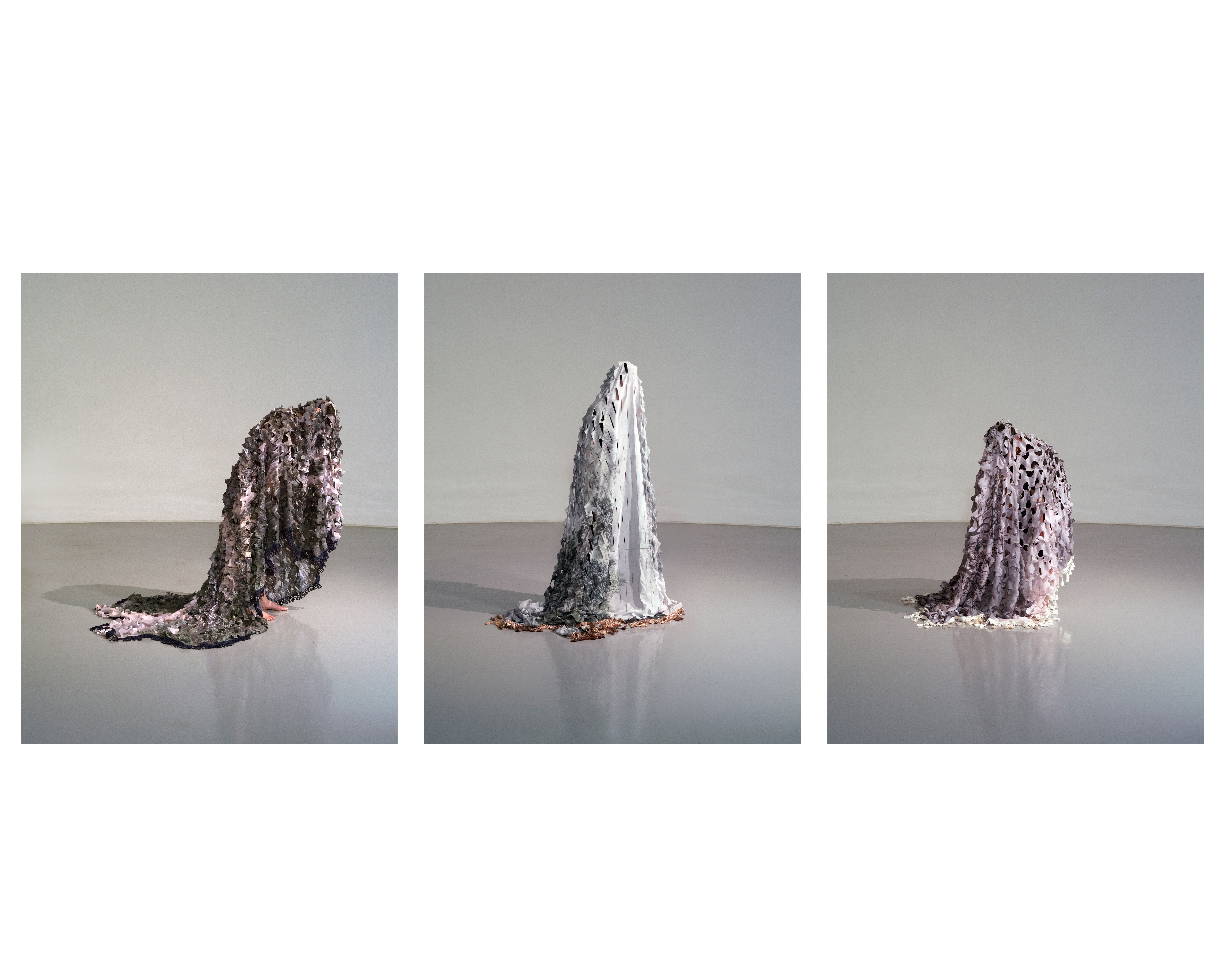



The 'Round of Body' series
Min SungHong's new work, "Round of Body (2024)" attempts a structural expansion of his previous "Skin_Layer" series, which involved mutable bodily structures enhanced with decorative elements after transforming collected objects.
The collected objects were intimately connected to someone in a shared space before being discarded. We focus on publicness because it represents a way of discussing personal life within a space.
The act of collecting these objects and relocating them to one’s space is a process that extends the issues of inside and outside the boundary [interstitial space] to one’s relationships with others, groups, and society, intervening deeply in personal life and transitioning into a process of 'circulation.' The meaning of circulation not only involves structural changes in the working process but also implies a cognitive shift in perception depending on the situation.














The 'Drift' series
The connections and divergences between the natural and the constructed landscape represents another cornerstone of SungHong Min's practice. Through a re-examination of standard interpretations of landscapes in the 'Drift' series, the artist seeks to reintroduce an uncertainty to the viewer's perspective.
In Drift_Atypical (2020), SungHong Min has rearranged and combined landscape painting fragments into tent-like structures. These large, suspended shapes are covered in a grid and ringed by tassels, pulling them between the worlds of the clinical, the domestic and the majestic.
For Drift_Exercise for variability (2020), Min has gathered discarded landscape paintings, folded and sewn them, and layered grids on top,
offering a literal and conceptual reframing of the landscape.





The 'Dasirak' works
Their Korean title Dasirak came from "Dasireagi gut," a kind of Korean traditional funeral play to console the chief mourner and bereaved family. According to the traditions of the Korean funeral, a bereaved family severely lament for the first a few days, making a long loud cry, and the when the colorfully decorated bier passed, they have music performed and are dancing around it to send the deceased.
In this sense, 'Dasirak' is not only a play in which a lot of people are enjoying together to console the living, but also a way of circulation in which they are waiting for a new beginning and birth, beyond the sorrow of less.
As looking to the fine finished works evoke pendulating memories of discarded objects, exhibited works switch between work and waste, drawing in memories of the past and present into singular space.




The 'Overlapped Sensibility' series
The concept of overlapping is key, both conceptually and materially, to SungHong Min's practice. In his 'Overlapped Sensibility' series, this motif is combined with his recurring use of the figure of the bird as an allegorical stand-in for the human social ecosystem.
In Overlapped Sensibility: Imbued (2015), a bird stands like a weathervane at the top of an illuminated roof structure, while a flock huddles inside. A birdhouse cast from a human home, the structure is architecturally reminiscent of medieval churches.
In Overlapped Sensibility: Carousel (2015), the birds reappear as ceramic bird heads resting atop wooden plinths of different shapes and sizes. The collection of figures is perched within a white motorised carousel, in reference to writer Haruki Murakami's description of the carousel as a metaphor for the fixed cycles of life, on which humans are trapped until death.